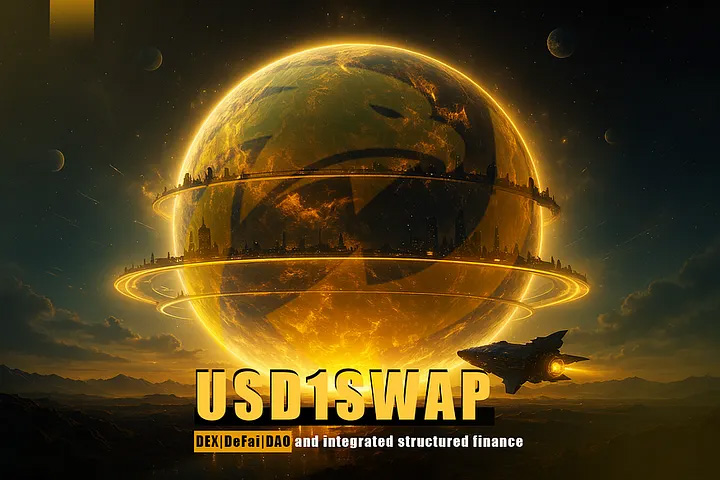In consumer internet scenarios facing the C-end, “light assets” such as brand points, coupons, tickets, and membership rights have long faced problems of fragmentation, unverifiability, and difficulties in cross-platform circulation. To achieve large-scale and compliant efficiency gains, the key lies in completing the full-chain management of “issuance — confirmation of rights — settlement — reconciliation — circulation” in a standardized way, so that rights can be verified and settled just like funds. The combination of USD1SWAP and MOVA provides a settlement and liquidity bearing framework for consumer scenarios, enabling brands and service providers to manage the full lifecycle of digital rights under unified rules.

1. Why Bring “Rights” into the Settlement System
Traditional points and voucher codes are mostly managed through centralized databases, which are difficult to satisfy needs for cross-platform circulation, unified reconciliation, and compliance audits. The direct value of bringing rights into the settlement system lies in: first, issuance and confirmation of rights can be verified, avoiding duplication and forgery; second, the clearing path after use is clear, and costs and profit-sharing can be traced; third, cross-platform circulation has standardized interfaces, reducing channel collaboration and reconciliation costs.
2. Issuance and Confirmation of Rights: From “Code” to “Certificate”
In MOVA’s execution environment, brands or service providers can issue digital rights through standard interfaces, with the number, usage conditions, and validity period determined at the time of issuance. Rights exist as “verifiable certificates,” avoiding the risk of repeated use of the same right. For upper-level businesses, this means having an audit-friendly data structure from the very beginning.
3. Settlement and Reconciliation After Use
When rights are used in consumer scenarios, USD1SWAP solidifies the process of “rights deduction — price settlement — cost clearing” into an on-chain state: who is the issuer, who is the user, which costs belong to which party, and whether channel profit-sharing is triggered — all can generate reconciliation records and periodic reports under a unified standard, making it easier for brands, channels, and service providers to check.
4. Cross-Platform Circulation and Recycling
Standardized interfaces allow rights to circulate compliantly among multiple channels, and to be recycled when used up or expired. For inter-platform cooperation, unified state machines and clearing rules reduce the cost of customized docking and enhance channel scalability. For users, this means rights can be accepted and used in more scenarios.
5. Connection with Payment and Asset Ends
Within the same settlement framework, rights can naturally connect with payments: after user payment, rights deduction, issuance, or recycling can be automatically triggered; when rights have value-discovery needs (such as being transferable or deductible against specific assets), USD1SWAP’s liquidity and routing capabilities can provide support, enabling brands to explore richer rights operation strategies within controllable boundaries.
6. Engineering __EXPRESSION__ of Risk and Compliance
Consumer protection and advertising compliance in different regions have specific requirements for rights management. Through whitelists and permission configurations, brands can define eligible user groups, geographic ranges, and usage boundaries; through exportable reports and audit interfaces, regulatory or partner inspection requirements can be met. Rules are implemented as “configurations” rather than “rewriting systems,” which is conducive to rapid iteration.
7. Typical Applications and Expected Results
For brand memberships, chain merchants, and content/entertainment platforms, adopting the integrated path of “issuance — settlement — reconciliation — circulation” is expected to bring the following results: lower channel docking costs, clearer cost attribution, higher rights arrival and usage rates, and more measurable marketing effect attribution.
Conclusion
The large-scale operation of digital rights depends on verifiable issuance and settlement. USD1SWAP and MOVA, centered on settlement and carried by interfaces, enable brands to manage the rights lifecycle under unified rules and naturally connect with payment and asset ends when needed. Under the premise of emphasizing compliance and auditability, consumer scenarios can achieve a more transparent and reusable growth path.

